The Big Chill: Yorkshire’s worst winters
This article contains affiliate links. We may earn a small commission on items purchased through this article, but that does not affect our editorial judgement.
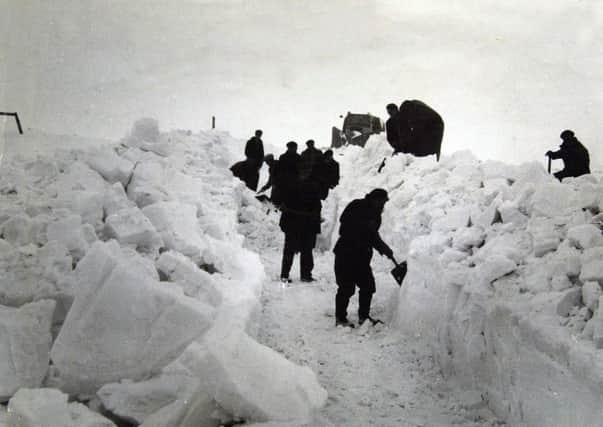

2010-11
Snow began falling in November but the worst came at the start of December, with 30cm of snow was recorded in the Peak District in Sheffield, and 40cm in Rotherham on December 1. Leeds and Pontefract also recorded up to 30cm. The M1 closed, and in the week that followed thousands of motorists across Sheffield became stranded as up to as much as 2 feet of snow fell on the city with severe disruption across South Yorkshire, including the suspension of all bus services for 24 hours. The Met Office recorded temperatures of -19c in Topcliffe, North Yorkshire, overnight on December 2 - the coldest night in over 100 years. Throughout the winter, blizzards brought some of the worst driving conditions in years in Yorkshire, and the coldest Christmas Day since 1820, with an average temperature of -5.9C. January remained cold, but the mild relief of February was short-lived when in March, snow struck again.
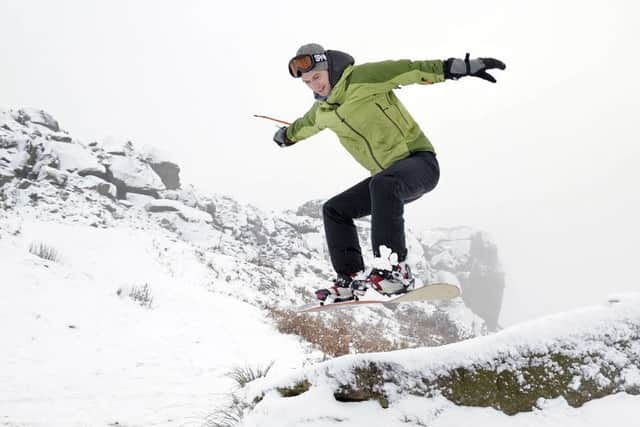

1978-79
Advertisement
Hide AdAdvertisement
Hide AdThis was a winter where the weather seemed to be matched by a worsening chill in the climate of industrial relations.
The real force of the winter was not felt until Christmas. Snow blocked roads throughout Scotland and the North of England, reservoirs overflowed and Dales rivers burst their banks.
By New Year, as Britain began crawling back to work, a fresh round of industrial disputes began, with four major unions claiming a 60 a week minimum wage. By the end of the first week of January, a slow thaw had begun in the South, but in the rest of the country snowfall and fierce winds continued. The month ended as the third coldest January of the century, and February continued in much the same vein.
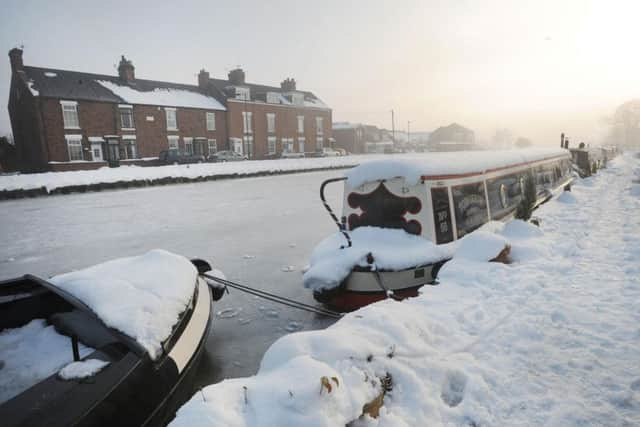

The last flurry of snow came on March 26. Two months later, Margaret Thatcher swept to power. Neither winters nor the political landscape of Britain have been the same since.
1962-63
Advertisement
Hide AdAdvertisement
Hide AdThe coldest winter since 1740 began in November, and the following month a dense fog descended, with a toxic cloud of smog. By the New Year the snowdrifts were up to 20ft deep. Troops were used in many areas to open roads and rescue the stranded, but as night fell on the last day of 1962, almost the whole of Britain was covered by snow.
The three-man crew of a 600- ton coal train jumped to safety into a snowdrift just seconds before it crashed after sliding through a set of points. The Thames froze for the first time in living memory, and the misery of the bitter cold was compounded by a work-to-rule by power station workers.
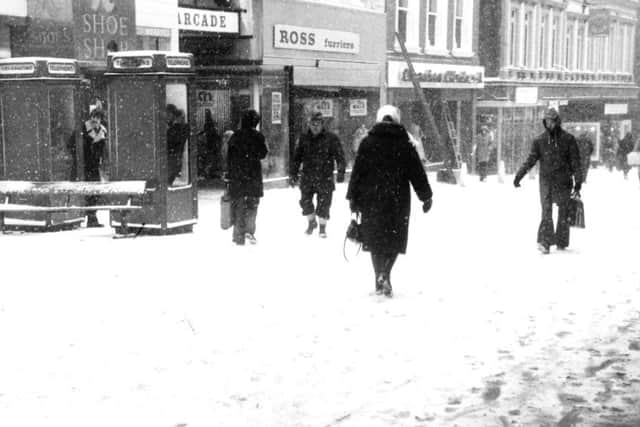

When the thaw began, it triggered an avalanche on the Snake Pass between Sheffield and Manchester, but as the nation struggled with floods, the snow returned in the middle of February.
1946-7
There were early signs of what was to come when the snow began to fall shortly before Christmas. There was a brief respite in early January, but by the end of the month the weather had turned again and it was not long before the Government was plunged into crisis over plummeting stocks of coal and fuel.
Advertisement
Hide AdAdvertisement
Hide AdA Bradford woman later recalled her false teeth had frozen in the glass of water she kept next to her bed. The Arctic conditions caused phonelines to come down, isolated areas were cut off from the outside world, thousands of hill sheep were buried under the drifts, and many factories were forced to shut down because of lack of fuel. February brought little reprieve with the blizzards responsible for sinking a 250-ton trawler in the North Sea off Grimsby.
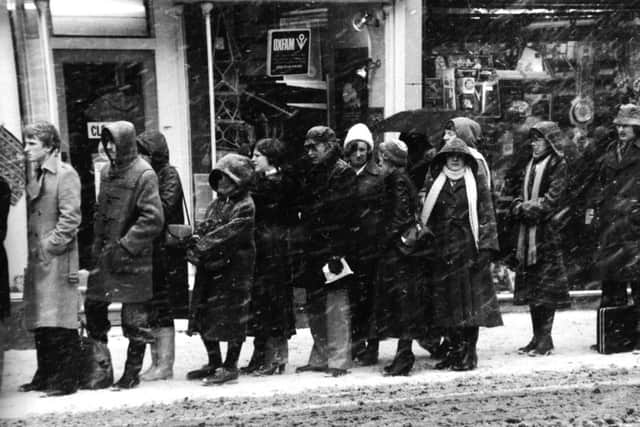

The last heavy fall in the North was on March 15, by which time there had been snow somewhere in the UK every day since January 22.